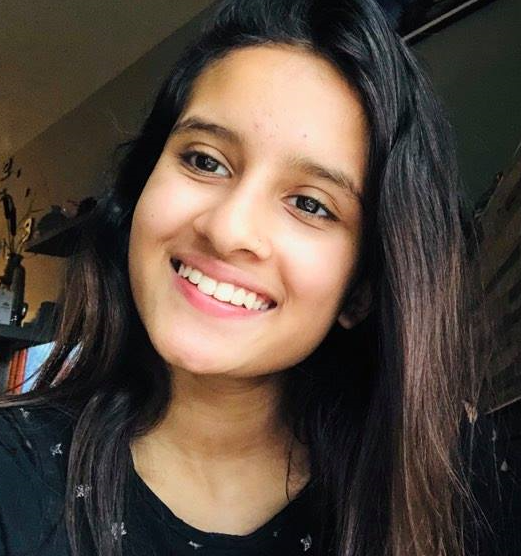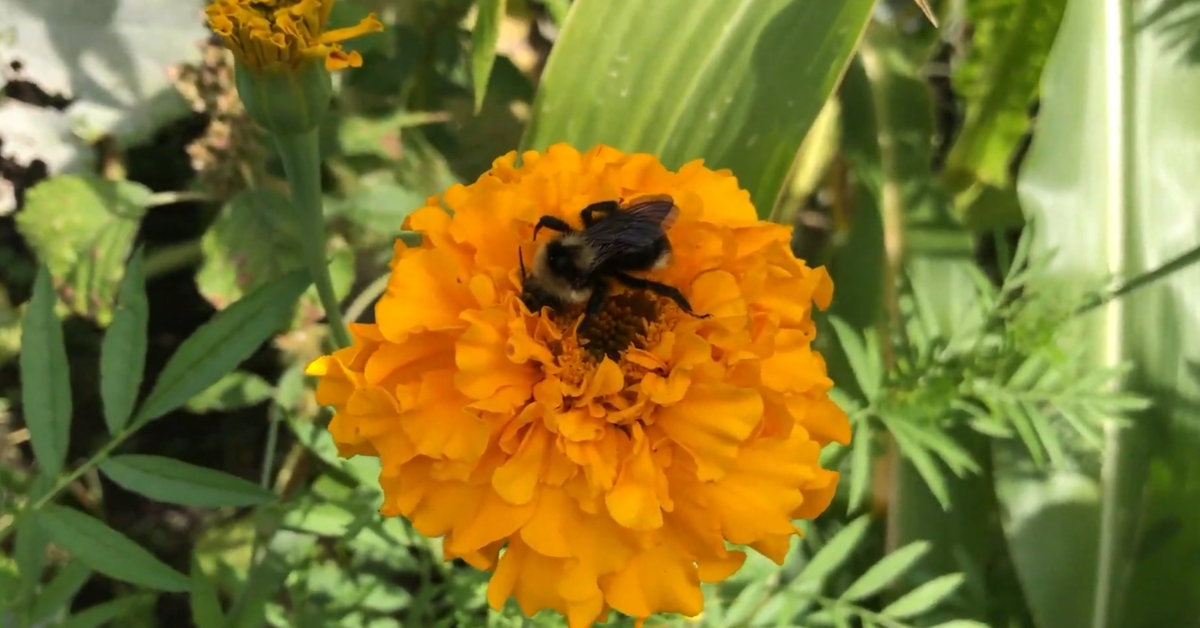You can’t have fruit salad without pollination. You can’t enjoy a delicious red apple without pollination nor any pumpkins or cucumbers on a given day. Or, the wheat for your bread and burgers is possible without pollination. Pollination is everywhere in the nature of the plant-world.
When we watch the flowers of our food plants in our gardens and crop plants in the farm-lands, we see many different kinds of insects that are busy sucking the nectar. Doing so they are not only selfishly eating to quench their hunger and save their life but they are playing a very vital role to save human beings and other animals by causing the yields on the plants to grow and reap which ultimately turns to be our food on the table. Plants need insects to transmit their pollen between the flowers.
Mysterious pollination is the secret behind almost everything that we and other creatures live on as food that comes from plants-sources. But there are many fruits and seeds which are food of ours and of other creatures among which some are self-pollinated or wind-pollinated and some of them need insects’ help for the pillonation. The only thing you can have without pollination is the boring root vegetables and my healthy choices of leafy greens. Why ? Because those foods don’t need pollination.
What is pollination?
Pollination is the process of transferring pollen grains from flower to flower to produce food. There are two types of pollination- Self-pollination and Cross-pollination. Self-pollination is when the pollen grains from the male part of a flower fall directly into the female section in the same flower. It is the more basic type of pollination which generally happens on wheat, oat, barley and rice. Cross-pollination is when different kinds of bees do the process with two different flowers.
How does pollination happen?
Pollination happens when bees or any nectar shucking insects are bored and hungry. Bees set out to find nectar, a sweet fluid found in flowers, to convert it into honey for their food. When the bees find a flower, they start to suck the nectar from it. In this process, parts of pollen grains from the male anther of the flower stick onto the bee. When the bee is finished sucking the nectar, it moves onto a different flower. The pollen grains that were stuck to the bee transfers onto the female stigma of the flower. A baby is born ! Well, pollen grains will go to the ovary and produce fruit to protect the seeds.
Why is pollination important?
Pollination is crucial for the world of human beings because without pollination, the only food we would have is root vegetables, and leafy greens. No sweetness ! Bees, moths, flies, butterflies, ants, birds, beetles, and bats wouldn’t exist without pollination. The Earth’s ecosystems wouldn’t survive. The world would be horrific without pollination and no aliens would want to visit us.
Pollination is important to humans so that we can have food to eat and seeds to garden or farm. It’s also important to bees because they need pollen to make honey combs and nectar to make honey and survive. Pollination is also inevitable to ecosystems because, like I said, without it, the world would be incomplete to exist as it is.
My dad was born to farmer parents and brought up in the farm in the country of Nepal where people even today mostly grow their family food by themselves all around the year. With this background and nostalgic passion my dad here in Canada also adores growing fresh produce for the family. He grows pumpkins, different kinds of beans, cucumbers, etc. in the backyard where I always pay my attention to the free-flying insects wandering flowers to flowers in the garden. I know what they are doing and how great and life-essential the job is that they are doing for others they are doing. One day I was watching two pumpkin flowers which were blooming side by side. Both were bearing fruit but one was wide open and the other was a little bit blocked by a twig of a tree branch to be fully bloomed. One with the open face was getting a lot of attention from the bees and other insects and had a good amount of pollination while the other was not. Finally the fruit in one with the open face flower reaped a good yield while the other grew very slowly and eventually decayed after a while. That was all about the secret of pollination.
Enjoy the spectacular video of bee pollination on a pumpkin flower in my backyard garden here in Canada.

Writer is a 9th grader student and lives in Canada.

